Bioremediation
Bioremediation is the process of using living organisms, such as bacteria, fungi, or plants, to clean up and remove or neutralize environmental pollutants and hazardous substances from contaminated sites. It is a cost-effective and environmentally friendly approach to remediate polluted environments.
Types of Bioremediation
- Microbial Bioremediation: This involves the use of microorganisms, such as bacteria and fungi, to break down and metabolize pollutants.
- Phytoremediation: This method uses plants to remove, degrade, or stabilize contaminants in the soil and groundwater.
- Biostimulation: In this approach, nutrients or other substances are added to enhance the activity of indigenous microorganisms that can degrade the contaminants.
- Bioaugmentation: It involves the addition of specific microorganisms to the contaminated site to accelerate the bioremediation process.
Applications of Bioremediation
Bioremediation can be used to clean up a wide range of pollutants, including:
- Hydrocarbons from oil spills
- Heavy metals from industrial wastewaters
- Chlorinated solvents from groundwater
- Pesticides and herbicides from agricultural runoff
- Radioactive waste
Advantages of Bioremediation
There are several advantages to using bioremediation over traditional remediation methods:
- Environmentally friendly
- Cost-effective
- Minimal site disruption
- Can be used in situ (on-site) without the need for excavation and transportation of contaminated materials
- Can target a wide range of contaminants
Study Guide
Here are some key points to focus on when studying bioremediation:
- Understand the different types of bioremediation methods and their mechanisms.
- Learn about the specific pollutants that can be remediated using bioremediation.
- Explore the advantages and limitations of bioremediation compared to other remediation techniques.
- Study real-world applications and case studies of successful bioremediation projects.
- Understand the role of regulatory agencies and guidelines in the implementation of bioremediation.
By mastering these concepts, you will have a solid understanding of the principles and applications of bioremediation.
.◂Biology Worksheets and Study Guides High School. Invertebrates
Worksheet/Answer key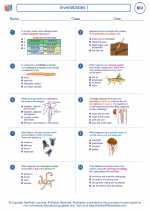 Invertebrates I
Invertebrates I  Worksheet/Answer key
Worksheet/Answer key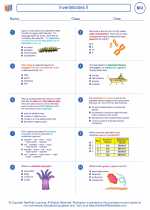 Invertebrates II
Invertebrates II  Worksheet/Answer key
Worksheet/Answer key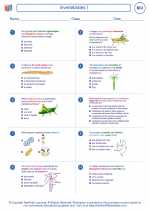 Invertebrates I
Invertebrates I  Worksheet/Answer key
Worksheet/Answer key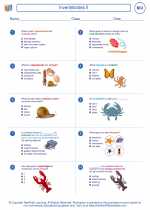 Invertebrates II
Invertebrates II  Worksheet/Answer key
Worksheet/Answer key Invertebrates I
Invertebrates I  Worksheet/Answer key
Worksheet/Answer key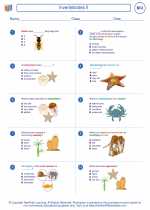 Invertebrates II
Invertebrates II  Vocabulary/Answer key
Vocabulary/Answer key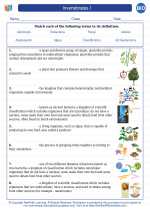 Invertebrates I
Invertebrates I  Vocabulary/Answer key
Vocabulary/Answer key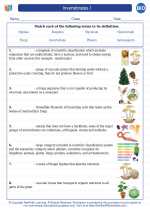 Invertebrates I
Invertebrates I  Vocabulary/Answer key
Vocabulary/Answer key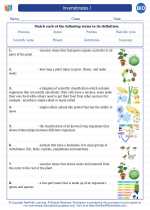 Invertebrates I
Invertebrates I 

 Worksheet/Answer key
Worksheet/Answer key
 Worksheet/Answer key
Worksheet/Answer key
 Worksheet/Answer key
Worksheet/Answer key
 Worksheet/Answer key
Worksheet/Answer key
 Worksheet/Answer key
Worksheet/Answer key
 Vocabulary/Answer key
Vocabulary/Answer key
 Vocabulary/Answer key
Vocabulary/Answer key
 Vocabulary/Answer key
Vocabulary/Answer key

The resources above cover the following skills:
Concepts of Life Science (SC1, SC2, SC3)
The student demonstrates an understanding of the structure, function, behavior, development, life cycles, and diversity of living organisms by describing the structure-function relationship